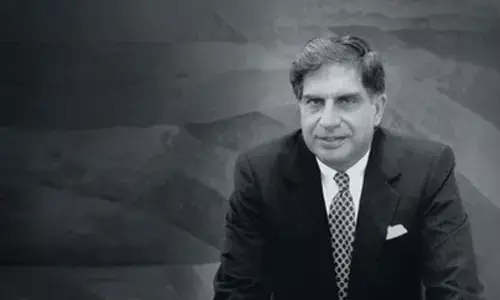Babies learn turn-taking much before they can speak

Taking turns to respond to each other is a key part of conversation and babies learn the technique at around six months of age, long before infants know much about language, says a new study.
Taking turns to respond to each other is a key part of conversation and babies learn the technique at around six months of age, long before infants know much about language, says a new study.

The speed of response white taking turns - about 200 milliseconds on average, about the same time as it takes to blink -- is astonishing when we appreciate the slow nature of language encoding: it takes 600ms or more to prepare a word for delivery, the study said.
This implies a substantial overlap between listening to the current speaker and preparing our own response.
In human infants, turn-taking is found in the 'proto-conversations' with caretakers.
These infant-caretaker interactions are initially adult-like in terms of how fast infants can respond.
But as they develop into more sophisticated communicators, infants' turn-taking abilities slow down, likely due to both learning more and more complex linguistic structures, and having to find a way to squeeze these into short turns, said researcher Stephen Levinson from Max Planck Institute for Psycholinguistics in the Netherlands.
Levinson reviewed new research on turn-taking, focusing on its implications for how languages are structured and for how language and communication evolved.
He pointed out that turn-taking is common not only across unrelated cultures and language, the patter is also exhibited in all the major branches of the primate family - partly innate and partly learned in some monkeys, just as with human infants.
Even our nearest cousins the great apes take alternating turns in gestural communication, despite having a less complex vocal channel.
All of this suggests that humans may have inherited a primate turn-taking system, Levinson said.
This may have started out as a gestural form of communication, as with the other great apes, then later (about one million years ago) became one primarily expressed through the vocal channel, the study noted.
The findings appeared in the journal Trends in Cognitive Sciences.
Next Story

















